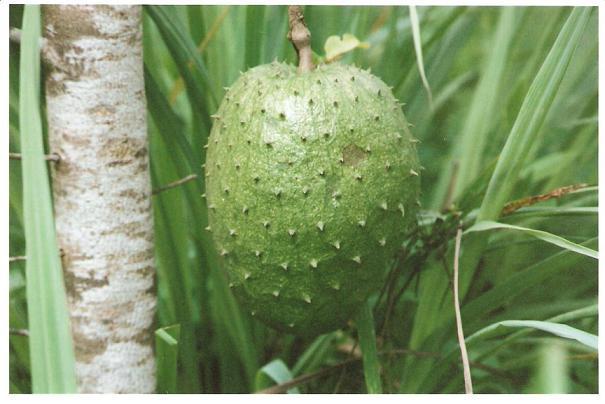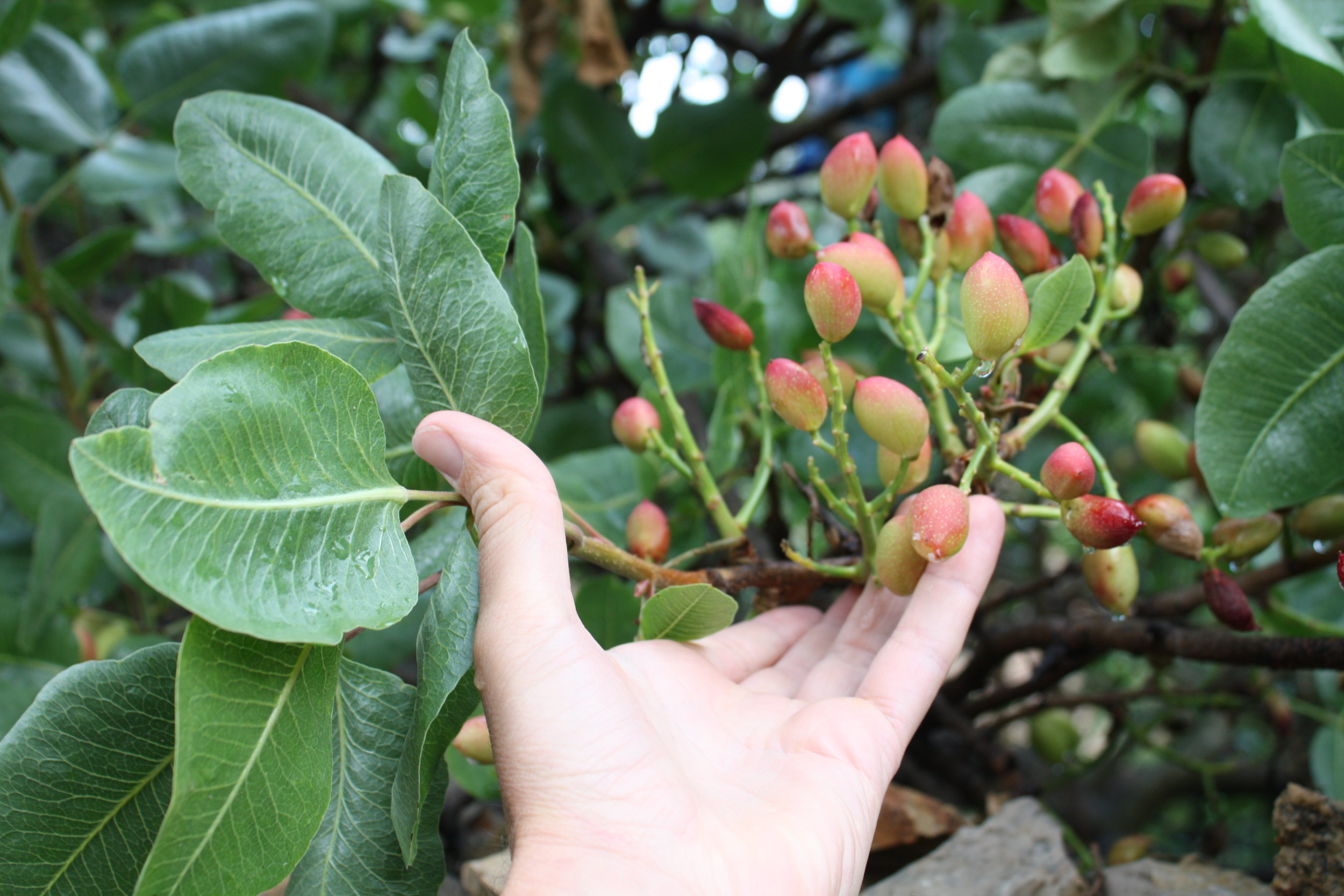OVERVIEW
Psychotria viridis is a perennial shrub of the Rubiaceae family. In the Quechua languages it is called chacruna or chacrona. In Quechua, chaqruy is a verb meaning "to mix". P. viridis grows to a height of approximately 5 m (16 ft). Its branches span a diameter of about 2 m (6 ft 7 in)
ORIGIN AND DISTRIBUTION
Neotropics. Amazon basin, South America.
USES AND ETHNOBOTANY
This species of Psychotria is used by indigenous peoples of western Amazonia, primarily as an additive in the preparation of a hallucinogenic drink ayahuasca, also called yage, employed for healing and divination. Although in some instances ayahuasca can be prepared in the absence of Psychotria, the addition of the plant greatly enhances the visionary effect of the brew due to the significant amounts of DMT present in its leaves. DMT, or N, N-dimethyltryptamine, is a tryptamine alkaloid.
Other plants with significant quantities of DMT include: Mimosa tenuiflora (=M. hostilis), Anadenanthera peregrina, Acaciapolyacantha, A. cornigera, A. maidenii, A. nubica, A. plebophylla, A. polyantha, A. senegal, A. simplicifolia), Calliandra spp., Desmodium spp. Mucuna pruriens (Fabaceae), Virola peruviana, V. elongata (=V. heiodora) Epenña, Yakeé (Myristicaceae); Banisteriopsos argentea, B. rusbyana (Malpighiaceae); Prestonia amazonica (Apocynaceae); Psychotria peoppigiana, adn P. psychotriaefolia (Rubiaceae); Arundo donax, Phalaris arundinacea, Phragmites austraiis (Poaceae) and Zanthoxylum spp (Rutaceae).
PROPAGATION
Psychotria viridis is hardy in USDA zone 10 or higher. The plant is fairly easy to propagate from seeds, stem cuttings, or leaf cuttings. Some resources state that the plant is extremely difficult to propagate from seed (as low as 1%!), but I have not found this to be the case. I would probably note that treating the seeds in their own fermenting fruit pulp can improve germination.
The plant does, however, reproduce most readily from fresh leaf cuttings. I have looked for evidence of leaves dropping off the plant and self-propagating as such. I have noticed that some plants will produce seed heavily for a while, then the bulk of the shrub will slowly die off, sending up a few new shoots in succession from the base of the trunk.
P. viridis leaf cutting propagation.
















